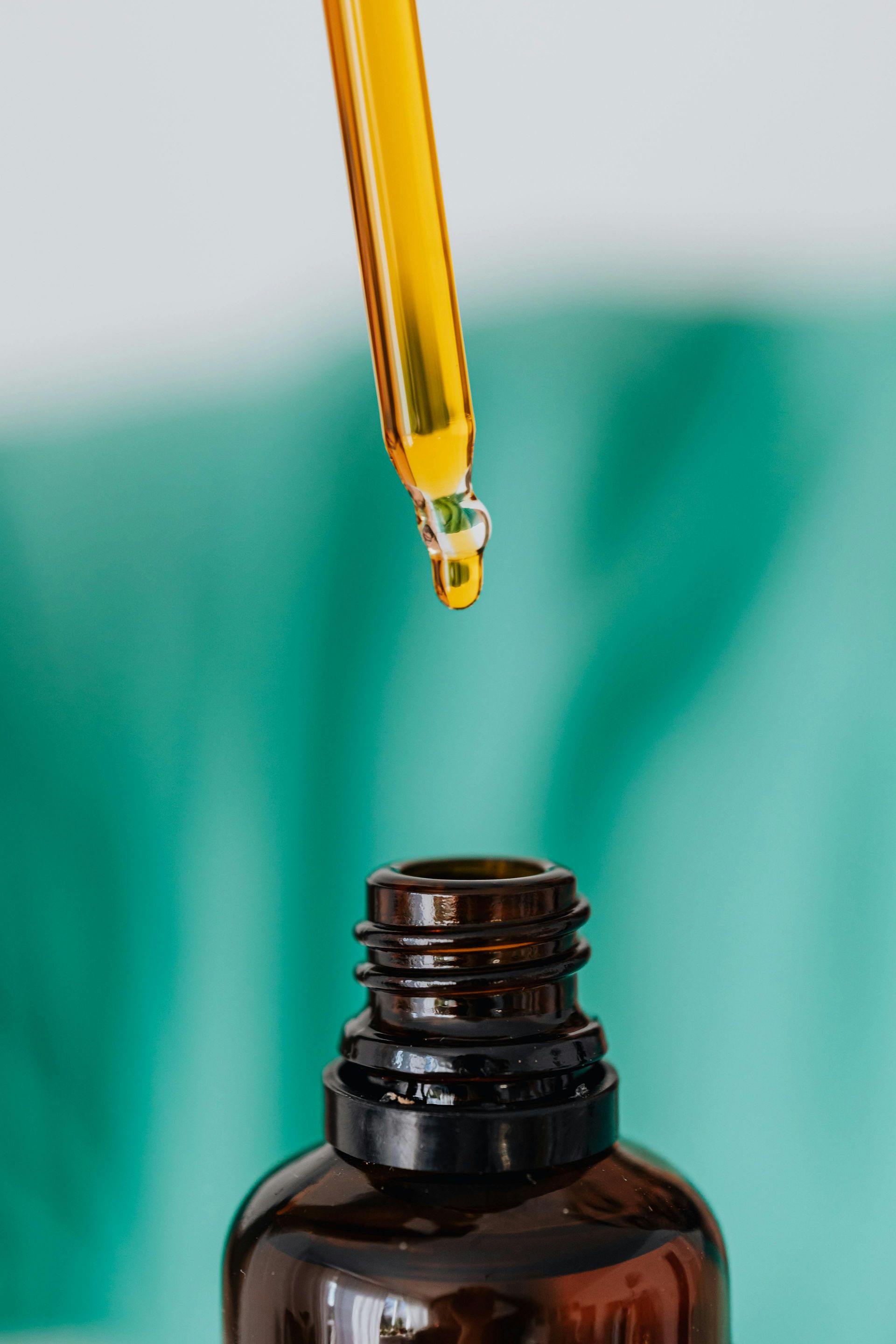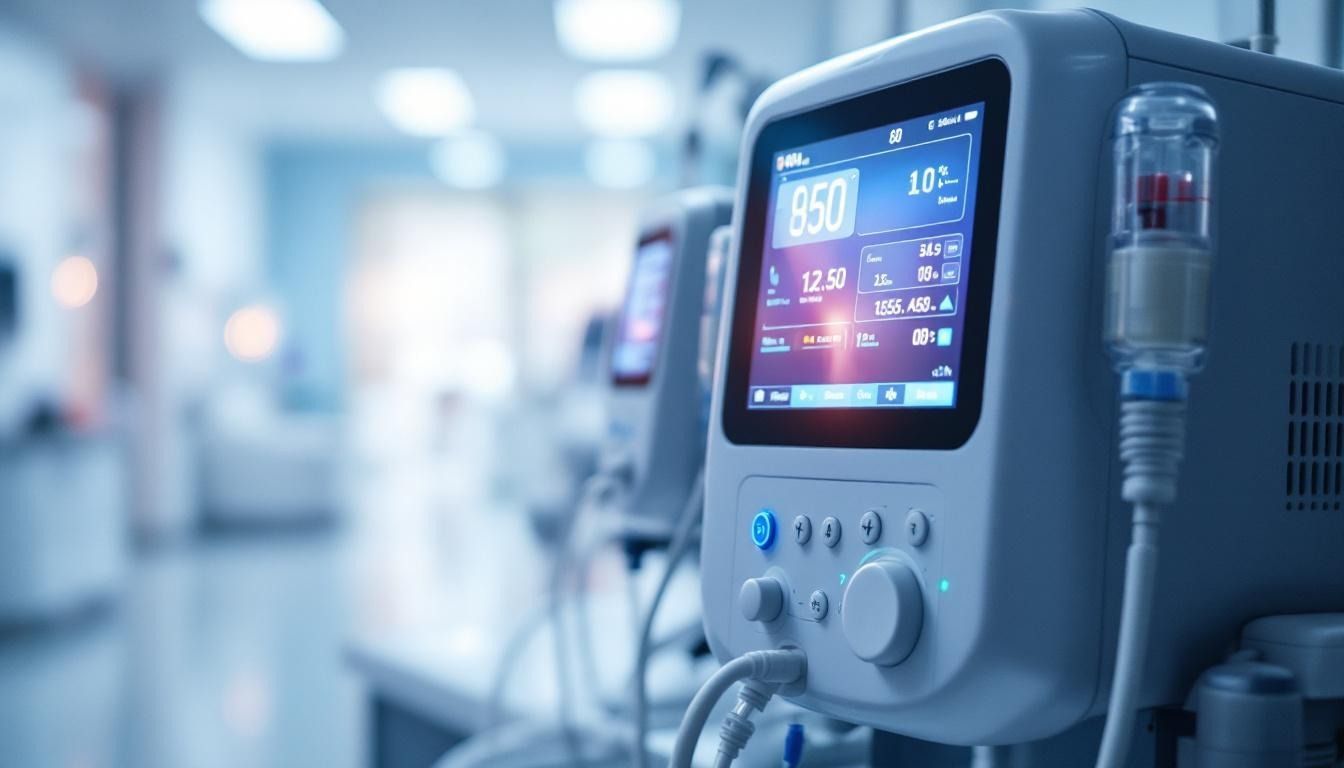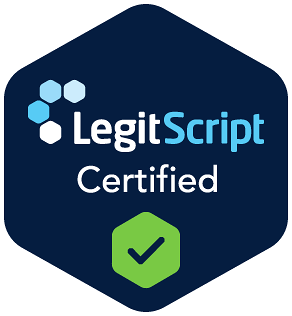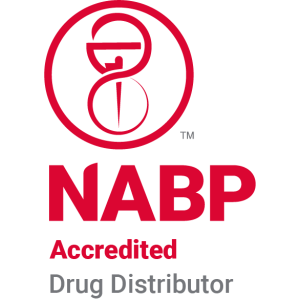The Future of TPN: Advances in Parenteral Nutrition Therapy
Transforming Parenteral Nutrition for a New Era
The landscape of Total Parenteral Nutrition (TPN) is undergoing rapid evolution, driven by scientific innovation, technological integration, and a focus on personalized patient care. Moving beyond its initial role as a lifesaving intervention, contemporary TPN now emphasizes safety, efficacy, and tailored nutritional support, promising improved clinical outcomes and reduced complications. This article explores the latest advancements, ongoing research, and future directions shaping the future of TPN therapy and how these developments could redefine nutrition management in diverse patient populations.
Recent Technological Innovations in TPN

What are the recent advancements and future trends in Total Parenteral Nutrition (TPN)?
Recent progress in TPN has substantially transformed this life-sustaining therapy into a sophisticated, patient-centered treatment. One notable breakthrough is the development of all-in-one (three-in-one) admixture systems. These comprehensive solutions combine lipids, amino acids, and dextrose in a single bag, simplifying administration, reducing contamination risks, and enhancing safety and efficiency for clinicians.
Alongside these systems, advances in lipid emulsions have played a crucial role. Fish oil-based formulations, such as Omegaven, not only supply essential fatty acids but also help combat PN-associated liver disease (PNALD). Multi-component emulsions like SMOF, which blend fish oil, soybean oil, medium-chain triglycerides, and olive oil, offer tailored anti-inflammatory and antioxidant benefits. The move towards these innovative formulations helps minimize inflammatory responses and liver complications.
Another important trend is the rise of premixed multichamber solutions. These ready-to-use kits are designed to reduce preparation errors and lower infection risks, providing stable and safe options for both inpatient and home care. They are especially valuable in reducing catheter-related bloodstream infections by minimizing handling and compounding errors.
Looking ahead, integration of artificial intelligence (AI) and machine learning (ML) is poised to redefine TPN personalization. AI algorithms analyze real-time patient data, optimize nutrient formulations, predict stability issues, and streamline adjustments. For instance, AI-driven systems like TPN2.0 demonstrate high accuracy in matching expert prescriptions, which significantly improves clinical outcomes for critically ill or vulnerable populations.
How are technological innovations improving the safety and personalization of TPN?
Technological innovations are revolutionizing TPN by enhancing its safety profile and tailoring it more precisely to individual patient needs. Automated systems and advanced delivery technologies reduce human error, sterility issues, and compatibility problems. For example, barcode-assisted medication preparation helps verify correct ingredients and doses, reducing the risk of wrong-participant errors.
Artificial intelligence (AI) and machine learning (ML) are at the forefront of this evolution. These systems analyze extensive patient data—such as metabolic parameters, lab results, and clinical status—to create personalized TPN formulations. Validated AI tools like TPN2.0 can accurately replicate clinical expert decisions, ensuring optimal nutrient balance. Such precision minimizes risks of overfeeding or underfeeding and reduces complications like bloodstream infections.
Moreover, innovations like rapid microbiological testing and electronic health record integration improve quality control by ensuring compatibility and sterility. Modern packaging and delivery systems, including smart monitors for storage conditions, further safeguard stability and efficacy.
These advancements contribute to a safer, more effective, and highly individualized approach to TPN therapy. Particularly in fragile or highly vulnerable groups such as preterm infants and critically ill patients, technology-driven personalization leads to better growth, recovery, and overall health outcomes.
| Innovation Type | Impact | Example/Benefit |
|---|---|---|
| All-in-one admixture systems | Simplifies administration, reduces risks | Decreases contamination, saves time |
| Advanced lipid emulsions | Reduces inflammation, prevents liver disease | Fish oil-based formulations like Omegaven |
| Premixed multichamber bags | Enhances safety, reduces errors | Less handling, lower infection rates |
| AI and machine learning | Personalizes therapy, optimizes formulation | AI tools like TPN2.0 match expert prescriptions |
| Enhanced safety protocols | Ensures compatibility, sterility | Barcoding, rapid microbiology testing |
Future Directions
Further innovation in TPN is expected to focus on micro-nutrient personalization, exploring novel delivery methods, and addressing supply chain challenges. The continued integration of AI will facilitate real-time adjustments, improve predictive analytics, and optimize formulations for special populations.
Research also aims to develop smarter delivery technologies, such as portable pumps and closed-system devices, to improve patient mobility and safety. These advances, combined with ongoing studies in lipids, trace elements, and micronutrients, will push TPN toward greater safety, effectiveness, and individualized care.
In conclusion, technological innovations are central to the future success of TPN. They promise more personalized nutrition, enhanced safety, and improved patient outcomes, ultimately transforming the way clinicians manage complex nutritional needs.
Evolution from Lifesaving to Personalized Therapy

What scientific research supports progress in parenteral nutrition therapy?
Scientific research has propelled the field of parenteral nutrition (PN) by providing a deeper understanding of optimal nutrient formulations and the body’s metabolic responses. Clinical studies, including large randomized controlled trials, have demonstrated the benefits of tailored nutrient delivery, especially regarding timing and composition of PN.
For example, research comparing early versus delayed supplemental PN after surgery has helped define best practices to reduce complications like infections and improve recovery outcomes. Regulatory agencies such as the US Food and Drug Administration (FDA) require rigorous testing through clinical trials to validate the safety and effectiveness of PN components, ensuring consistency and reliability.
Advances in formulation development, such as innovative multi-chamber bags and individualized nutrient mixes, are supported by ongoing scientific efforts to enhance safety and efficacy. These studies also examine issues like lipid emulsion stability, drug compatibility, and the prevention of metabolic disturbances.
Overall, scientific investigations continue to refine PN practices, develop safer and more effective solutions, and facilitate personalized approaches tailored to different patient needs, including neonates, critically ill, and long-term support cases.
What is the role of research in advancing parenteral nutrition therapies?
Research acts as the backbone of progress in PN therapy by continuously evolving nutrient composition and infusion strategies based on the latest scientific insights. It helps optimize formulations for specific populations, monitor metabolic responses, and reduce adverse effects.
An essential aspect of this research includes evaluating new lipid emulsions, amino acid supplements, and micronutrient combinations. Investigations into drug compatibility help prevent adverse interactions, ensuring safe co-administration with medications.
Technological advancements, such as AI and real-time monitoring systems, are driven by ongoing research efforts to make PN more precise and adaptable. Evidence-based guidelines, spearheaded by scientific data, have transformed TPN from an emergency intervention into a customized therapy that improves clinical outcomes and minimizes complications.
In conclusion, research underpins the continuous improvements in PN safety, personalization, and effectiveness, enabling clinicians to tailor nutrition support that aligns with each patient’s unique clinical situation.
Role of AI and Advanced Technologies in TPN
How are technological innovations improving the safety and personalization of TPN?
Recent technological breakthroughs are transforming total parenteral nutrition (TPN) into a safer and more tailored therapy. Advanced delivery systems, such as automated compounding devices, are reducing the risk of contamination and errors during preparation. Real-time monitoring tools provide continuous data on a patient’s metabolic status, enabling dynamic adjustments to TPN formulations for optimal outcomes.
Artificial intelligence (AI) and machine learning (ML) play a central role in enhancing personalization. AI-driven systems like TPN2.0 analyze comprehensive patient data—such as blood chemistry, nutritional needs, and clinical parameters—to generate individualized TPN recipes with high precision. These systems have been validated for accuracy, often matching expert prescriptions and reducing variability.
Safety is further promoted through barcode-assisted medication preparation, rapid microbiological tests for detecting contamination, and seamless electronic health record integration. Such technologies help verify drug compatibility, ensure sterility, and minimize errors.
By combining these innovations, modern TPN practices are moving toward highly precise, safe, and patient-specific nutritional support, especially critical for vulnerable populations like neonates, burn patients, and critically ill individuals.
What are the prospects for future clinical practice in TPN?
Looking ahead, TPN management is poised for significant evolution. Future clinical practice will heavily rely on sophisticated monitoring tools, computerized prescribing, and clinical decision support systems to minimize mistakes and tailor nutrition more closely to individual needs.
Development of novel lipid emulsions, such as omega-3 enriched formulations, and multi-chamber bags will improve nutrient stability, reduce adverse effects, and streamline administration processes.
Efforts to standardize formulations and address global shortages of crucial nutrients—like organic calcium and phosphorus—are expected to enhance safety and accessibility.
Emerging research into immune-modulating nutrients, micronutrients, and alternative delivery methods will further personalize therapy. Ongoing innovation will support the integration of AI-driven decision-making, predictive analytics, and automated safety checks, ultimately transforming TPN into a highly precise, efficient, and safer modality.
These advancements aim not only to optimize clinical outcomes but also to reduce complications such as infections and metabolic disturbances, fostering a new era of individualized and technologically integrated nutritional care.
Development of New Ingredients and Formulations
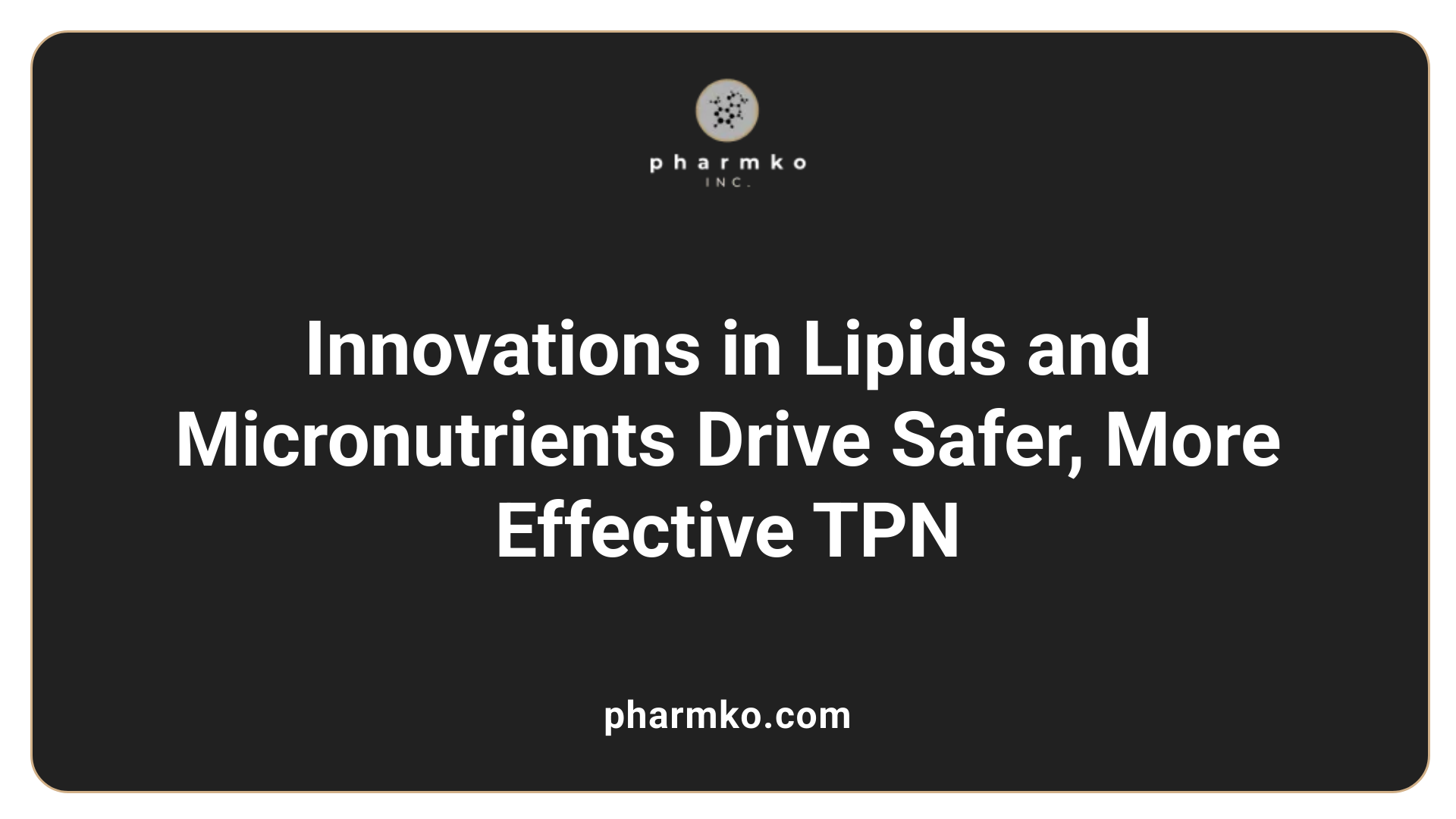
Are new ingredients and formulations being developed for parenteral nutrition?
Absolutely. The landscape of parenteral nutrition (PN) continues to evolve with ongoing research and technological innovations aimed at improving patient outcomes. Researchers are actively developing new ingredients and formulations to enhance the stability, safety, and efficacy of PN solutions.
One significant focus is on optimizing lipid emulsions. Conventional soybean oil lipid emulsions (SOLE) are high in omega-6 fatty acids and have been associated with liver complications such as PN-associated liver disease (PNALD). To address this, newer emulsions containing fish oil (FOLE), olive oil, and medium-chain triglycerides (MCTs) are emerging. For example, products like Omegaven have shown promise in resolving PNALD, especially in pediatric patients.
In addition to lipids, advancements in amino acid solutions and carbohydrate sources are being explored. These innovations aim to reduce metabolic complications, improve nutritional support, and allow for more tailored approaches based on individual patient needs.
Standardization and safety protocols also play a critical role. Efforts include developing hazard analysis, quality control measures, and traceability systems to minimize errors during preparation and administration. This not only enhances safety but also ensures consistent quality across different manufacturing batches.
Customization is another vital aspect. Advances in formulation technology enable clinicians to tailor PN solutions to specific patient conditions—such as critically ill, neonates, or those with metabolic disorders—thus personalizing therapy and improving clinical outcomes.
In summary, ongoing development in PN ingredients and formulations aims to optimize safety, support metabolic health, and customize therapy, aligning with good manufacturing practices and evolving regulatory standards. These efforts are instrumental in reducing complications and adapting to variances in patient needs, setting the stage for a new era of personalized nutrition therapy.
Future Clinical Practice and Industry Impact
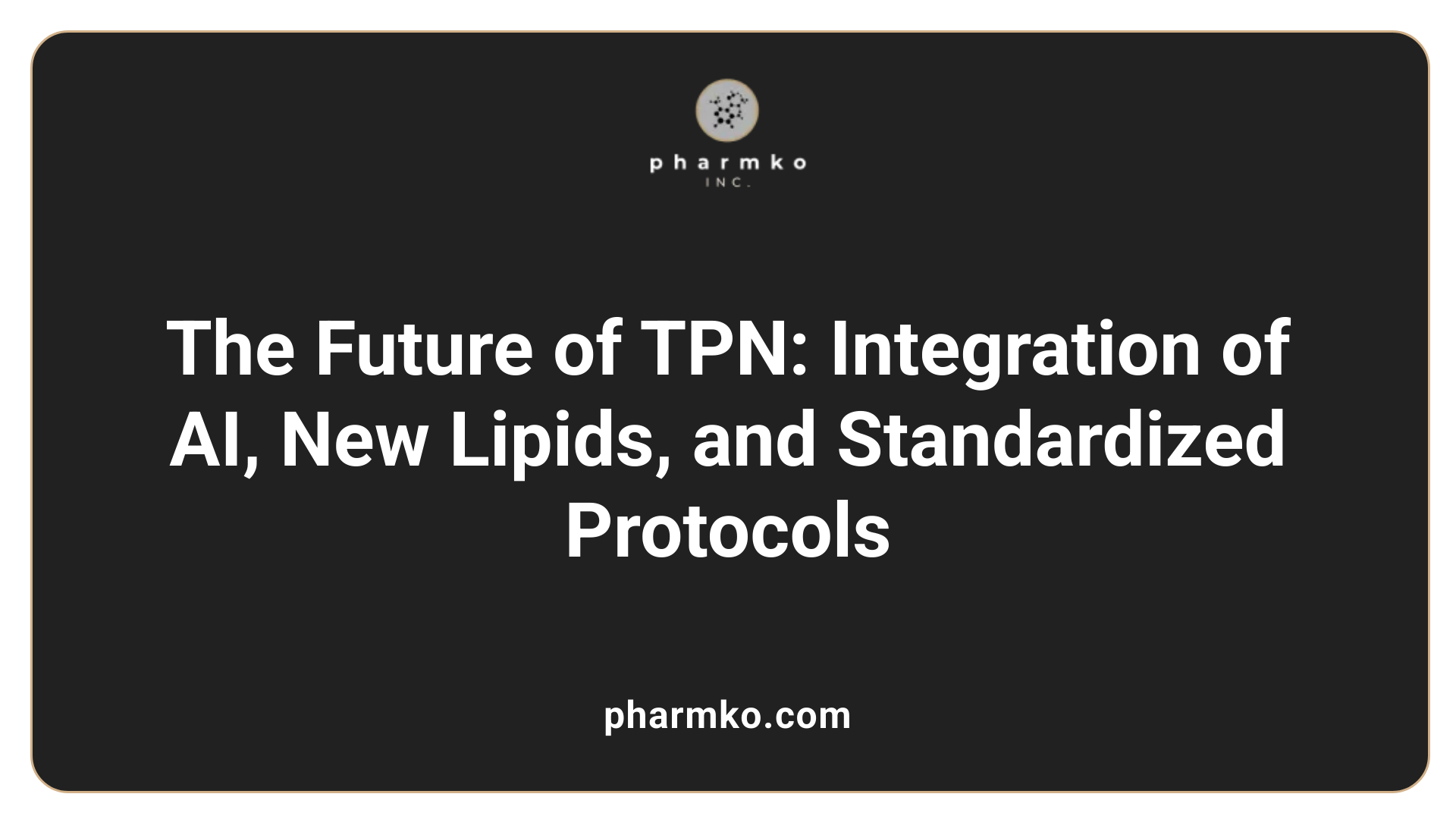
What are the prospects for future clinical practice in TPN?
The future of total parenteral nutrition (TPN) in clinical settings looks highly promising. As technological and scientific innovations continue to evolve, clinicians will increasingly benefit from tools that enhance safety, personalization, and effectiveness.
Advances such as artificial intelligence (AI) integration are expected to revolutionize TPN management. AI systems can analyze real-time data to predict nutrition stability issues, optimize formulations, and reduce risks like overfeeding, underfeeding, and catheter-related bloodstream infections.
Furthermore, the development of new lipid emulsions, including omega-3 enriched solutions and multi-chamber bags, aims to better mimic physiological nutrient delivery, reducing complications such as PN-associated liver disease. Standardizing formulations and creating strategies to counter global shortages of critical nutrients will also streamline practice.
Research into immune-modulating nutrients, micronutrients, and alternative delivery methods will foster more individualized care. Continuous monitoring technologies, computerized prescribing, and decision support tools will help clinicians tailor therapy to each patient's unique needs, ultimately improving outcomes.
How do industry guidelines and updates impact future TPN practices?
Industry guidelines from organizations like ASPEN, ESPEN, ESPGHAN, and other expert bodies play a vital role in guiding future TPN practices. These updates ensure that clinicians adhere to evidence-based protocols, which enhances patient safety and efficacy of therapy.
Guidelines set parameters for optimal dosing, monitoring, and safe administration of nutrients, drugs, and additives. They also address challenges such as shortages and supply chain disruptions, prompting innovation in formulation and procurement strategies.
Technological innovations and product developments are often incorporated into these guidelines, encouraging the adoption of newer, safer, and more effective formulations, such as lipids with fewer inflammatory properties or multichamber bags. Regulatory agencies like the FDA further influence practice by approving new products and ensuring compliance.
Industry updates foster a culture of continuous improvement by promoting best practices and encouraging research. This ongoing cycle of guideline evolution ensures that clinical care remains aligned with the latest scientific evidence and technological advancements.
Addressing shortages and safety concerns
Supply disruptions and ingredient shortages present ongoing challenges in TPN management. Industry and clinicians are actively seeking solutions, including alternative nutrient sources, emergency formulations, and improved storage techniques.
Safety concerns, such as lipid emulsion stability, compatibility of drugs, and infection risks related to venous access, are addressed through rigorous research and improved formulations. Innovations like ethanol locks, Taurolock™, and advanced catheter designs have reduced bloodstream infections.
Efforts to prevent contamination and leaching from packaging materials are also ongoing, with researchers exploring safer alternatives to traditional PVC bags.
Personalizing medicine in TPN
Personalized medicine remains at the forefront of future TPN development. Tailoring formulations based on patient-specific variables—such as age, weight, clinical condition, and genetic factors—improves outcomes and reduces adverse effects.
AI-driven predictive models and real-time monitoring allow clinicians to fine-tune nutrient delivery dynamically, ensuring optimal metabolic and nutritional balance.
As research progresses, more precise micronutrient and immunonutrition approaches will become standard practice, especially in vulnerable populations like neonates, critically ill patients, and those with complex gastrointestinal conditions.
| Aspect | Current State | Future Outlook | Key Considerations |
|---|---|---|---|
| Technological Integration | Limited AI use; manual monitoring | Widespread AI and digital tools | Data security, system validation, clinician training |
| Lipid Emulsions | Soybean oil-based, associated with PNALD | Omega-3 enriched, multi-chamber, tailored emulsions | Stability, compatibility, safety concerns |
| Formulation Standardization | Customized formulations, some premixed options | Universal protocols, streamlined supply chains | Supply resilience, cost management |
| Safety and Infection Control | Use of ethanol locks, improved catheter design | Advanced biomarkers, early infection detection | Evidence-based practices, technological investment |
| Global Shortages | Occasional shortages of key nutrients | Alternative sources, innovative production methods | Regulatory approval, safety of new ingredients |
| Personalized Approaches | Based on patient demographics and clinical judgment | AI-driven personalized formulations | Ethical, data privacy, clinical validation |
This ongoing evolution in TPN practices promises safer, more effective, and personalized therapies, ultimately enhancing patient quality of life and clinical outcomes.
Regulatory, Safety, and Supply Chain Challenges

Are new ingredients and formulations being developed for parenteral nutrition?
Yes, ongoing research and development efforts are actively focused on creating new ingredients and formulations for parenteral nutrition (PN). These innovations are aimed at enhancing the stability, safety, and effectiveness of PN therapies. Researchers are exploring various lipid emulsions, amino acid solutions, and carbohydrate sources to better meet individual patient needs and reduce the risk of complications.
Developments include the creation of standardized procedures, flow charts, and hazard analysis systems, which are essential for safe manufacturing and administration of PN. Traceability systems help monitor each step in the supply chain, ensuring quality and safety.
Furthermore, efforts are directed towards customizing PN formulations based on disease conditions and patient-specific factors. This tailoring aligns with strict regulatory standards and good manufacturing practices, ensuring both safety and efficacy. These innovations aim to improve patient outcomes, minimize adverse reactions, and adapt to the evolving clinical landscape.
What future strategies are considered for personalized and precise TPN therapies?
The future of total parenteral nutrition (TPN) lies in precision medicine, harnessing advanced technologies like artificial intelligence (AI), machine learning, and deep learning systems such as TPN2.0. These tools analyze an expansive array of clinical, biochemical, and physiological data to customize TPN formulations uniquely suited to each patient.
Objective measurements, including indirect calorimetry, body composition analysis, and muscle mass monitoring, will play a crucial role in fine-tuning nutritional targets. This approach aims to optimize energy, protein, and micronutrient delivery while avoiding overfeeding or underfeeding, which can lead to metabolic complications.
Personalized protocols will also incorporate patient-specific factors such as disease states (for example, acute kidney injury or short bowel syndrome), medication interactions, and real-time clinical changes. Integration of AI-driven predictive analytics will forecast potential complications, enabling clinicians to make informed adjustments swiftly.
Overall, these strategies will enable more precise, safe, and effective TPN therapy, improving clinical outcomes and reducing risks associated with systemic nutritional management.
Supply shortages of vital nutrients
A significant challenge in TPN is the recurrent shortage of critical ingredients such as organic calcium and phosphorus concentrates. These shortages can disrupt the formulation of safe and effective PN solutions.
To address this, the industry is exploring alternative formulations, including synthetic or recombinant sources of nutrients, and preparing emergency supplies to ensure continuity of care. Collaborations between manufacturers, regulators, and healthcare providers are essential for developing resilient supply chains.
Safety protocols and compatibility verification
Ensuring the safety of TPN involves rigorous compatibility verification of drugs and nutrients within the formulations. Compatibility studies evaluate how drugs like furosemide, ketoprofen, and others interact physicochemically when combined with TPN solutions.
Protocols for compatibility testing include assessing physical stability (such as emulsion integrity), chemical stability, and potential for precipitate formation. These assessments help prevent adverse reactions and ensure safe co-administration.
Quality control, hazard analysis, and traceability
Quality assurance in TPN production involves comprehensive hazard analysis and implementing traceability mechanisms. These practices track raw materials, manufacturing processes, and final products to identify and mitigate risks.
Quality control measures include testing for microbial contamination, ensuring proper sterilization, and verifying ingredient stability.
Handling of preservatives and packaging materials
The safety of packaging materials, especially plasticizers leaching from PVC bags, is under scientific scrutiny. Research focuses on developing safer alternatives such as non-PVC bags or barrier materials that prevent leaching.
These advancements aim to reduce potential toxicity and improve the overall safety profile of TPN solutions.
| Aspect | Developments | Impact |
|---|---|---|
| Ingredients | New lipid emulsions, amino acids, carbohydrates | Improved stability, safety, personalized care |
| Compatibility | Stability studies, pharmacologic interactions | Reduced adverse reactions |
| Supply Chain | Alternative nutrients, emergency stock | Minimized shortages, consistent supply |
| Packaging | Non-PVC bags, leaching prevention | Safer solutions |
| Future Technologies | AI, predictive analytics | Precise, adaptive PN therapy |
In summary, the field of TPN is evolving through innovations in ingredients, safety protocols, and supply chain resilience. The integration of new technologies and rigorous quality standards aims to transform PN into a safer, more personalized, and reliable therapy for patients worldwide.
Charting a New Chapter in Nutritional Care
The future of TPN is set to be shaped by technological innovation, scientific research, and personalized medicine. The integration of AI and advanced delivery systems promises safer, more effective, and patient-centric formulations that cater to individual needs while reducing risks. Continuous research into new ingredients, formulations, and stability protocols supports progress in safety and efficacy. Industry guidelines and regulatory frameworks will further stabilize this evolving landscape, ensuring quality and safety. As the field advances, a multidisciplinary approach that combines clinical expertise, scientific innovation, and technological tools will be essential for transforming TPN into a precise, adaptable, and highly effective therapy capable of meeting the diverse needs of patients worldwide.
References
- The Modern Approach to Total Parenteral Nutrition - PubMed
- The Modern Approach to Total Parenteral Nutrition - PubMed Central
- Trends in Parenteral Nutrition - Today's Dietitian Magazine
- Safety and quality of parenteral nutrition: Areas for improvement and ...
- Long-term parenteral nutrition - ScienceDirect.com
- Home Total Parenteral Nutrition (Home TPN) - Nutrishare
- Parenteral Nutrition Resources - ASPEN
- Total Parenteral Nutrition - StatPearls - NCBI Bookshelf
- Parenteral Nutrition Resources - ASPEN
- TPN Updates MPA Best Practices to Include Hardening Guidelines ...



